10 Iconic African Tribes: Living Cultures, Deep Traditions & Enduring Legacies
Discover 10 iconic African tribes, their rich traditions, cultural heritage, rituals, and how they preserve identity in the modern world. A deep, authoritative guide into the living Africa tribes.
Table of Contents
INTRODUCTION
Africa’s cultural landscape is shaped by thousands of vibrant communities — each tribe holding its own identity, history, rituals, and ancestral stories. While many articles simply list “famous African tribes,” this guide dives deeper: exploring not just who they are, but why their traditions matter today, how they are adapting to modern influence, and what their legacy means for future generations with Agasaro Safaris you Traveling with a purpose and ethical African tribe tourism is a priority.
If you are a cultural explorer planning a safari, you may also explore our guides such as Uganda Safaris or East Africa cultural experiences for deeper context.
Whether you are a cultural explorer, researcher, or traveler seeking authentic experiences, these 10 iconic African tribes provide a remarkable glimpse into Africa’s living heritage.
10 Iconic African Tribes & Their Living Traditions
1. Maasai (Kenya & Tanzania)
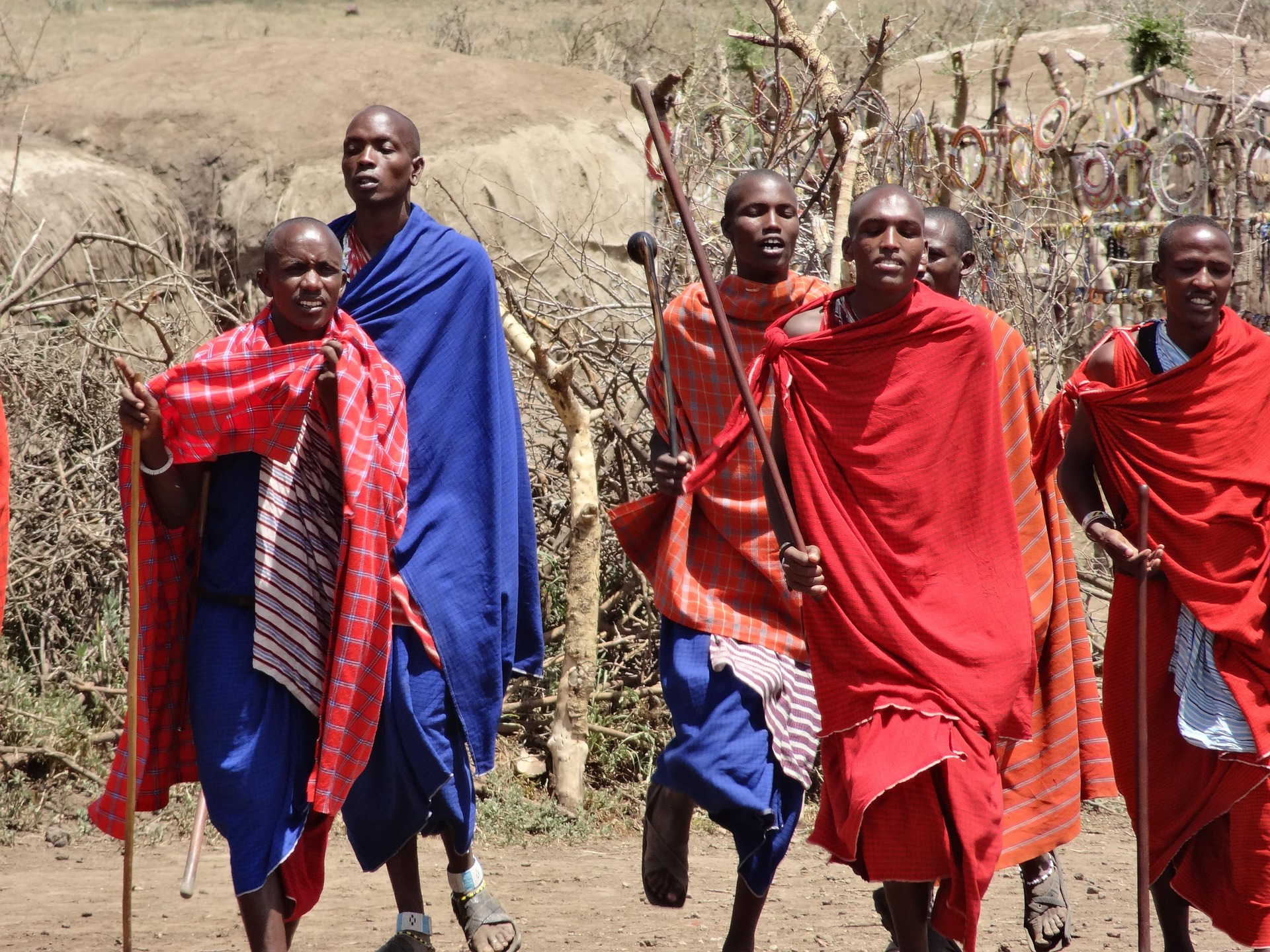
Why are the Maasai so famous?
The Maasai are globally recognized for their semi-nomadic lifestyle, warrior traditions, and deep spiritual relationship with cattle — considered the heart of their identity.
(External reference for authority: Smithsonian National Museum of African Art)
Source: https://africa.si.edu/
Cultural Highlights
- Adumu (jumping dance): A symbolic display of strength and stamina during ceremonies.
- Age-set system: Young men transition into moran (warrior) status through ritual initiation.
- Distinct attire: Red shukas, beaded jewelry, and spears signify courage and unity.
- Cultural resilience: Despite modern pressures, Maasai communities fiercely protect their land, cattle, and rituals.
If you’re visiting East Africa, read our Kenya vs Tanzania — Which Safari Fits You?2026/2027 comparison guide.
2. Zulu (South Africa)
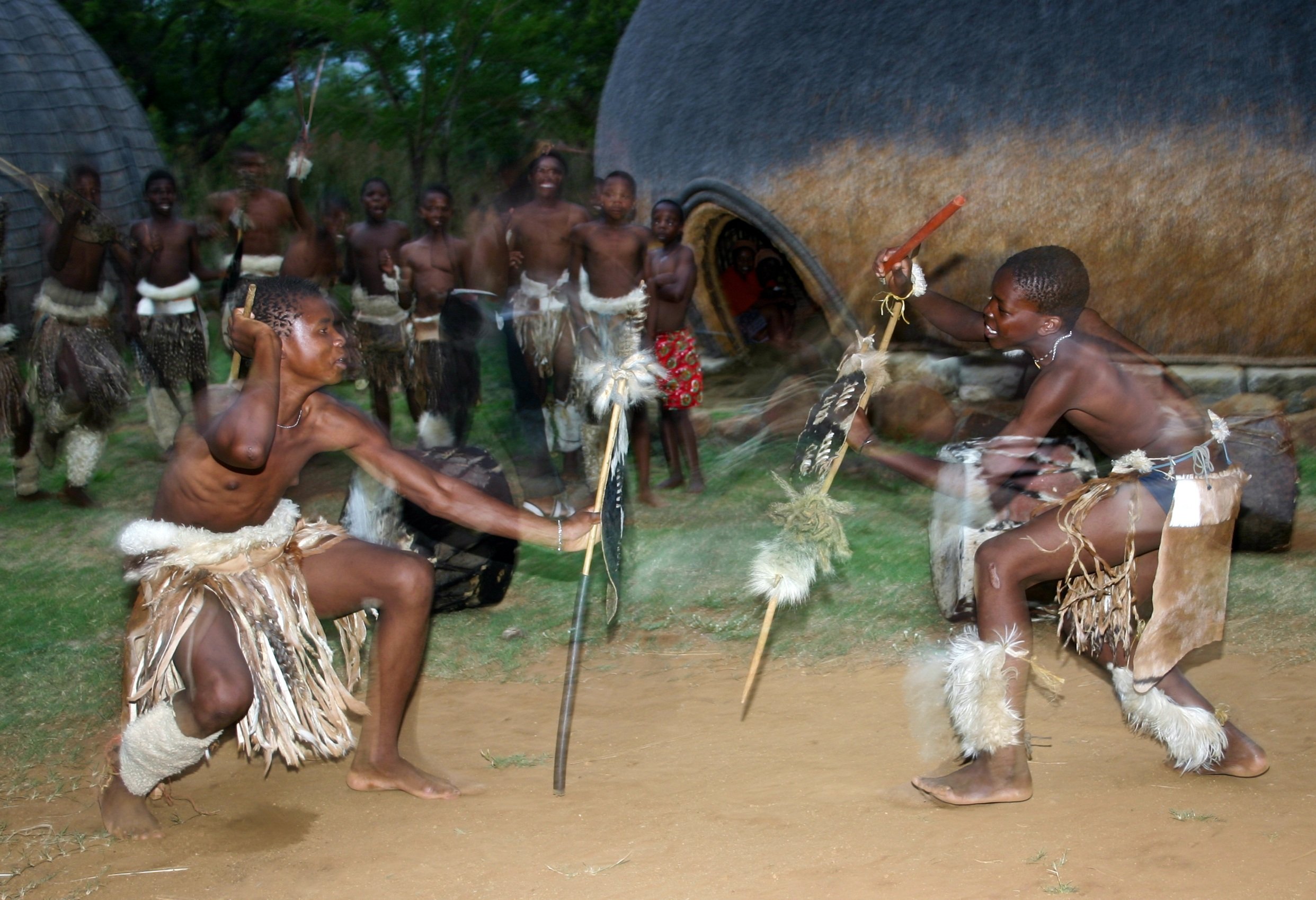
What is the Zulu culture known for?
The Zulu are renowned for their royal lineage, distinguished military history, rich oral traditions, and vibrant ceremonial dances.
(External authority: South African History Online)
Source: https://www.sahistory.org.za/
Cultural Highlights
- Ingoma dance & drumming during weddings, initiations, and festivals.
- Meaningful beadwork: Colors reflect love, status, or family messages.
- Strong monarch system: The Zulu king influences cultural and political identity.
- Heritage preservation: Zulu communities blend traditional life with modern South Africa.
3. Himba (Namibia)

What makes the Himba women unique?
Himba women apply otjize — a red ochre and butterfat paste — symbolizing beauty and cultural pride.
Cultural Highlights
- Semi-nomadic pastoralism.
- Ancestral fire rituals for communication with the spiritual world.
- Cone-shaped huts made from mud and dung.
- Strong cultural adaptation despite tourism.
(External authority: National Geographic)
Source: https://www.nationalgeographic.com/culture
4. San (Khoisan/Bushmen) – Botswana, Namibia, South Africa
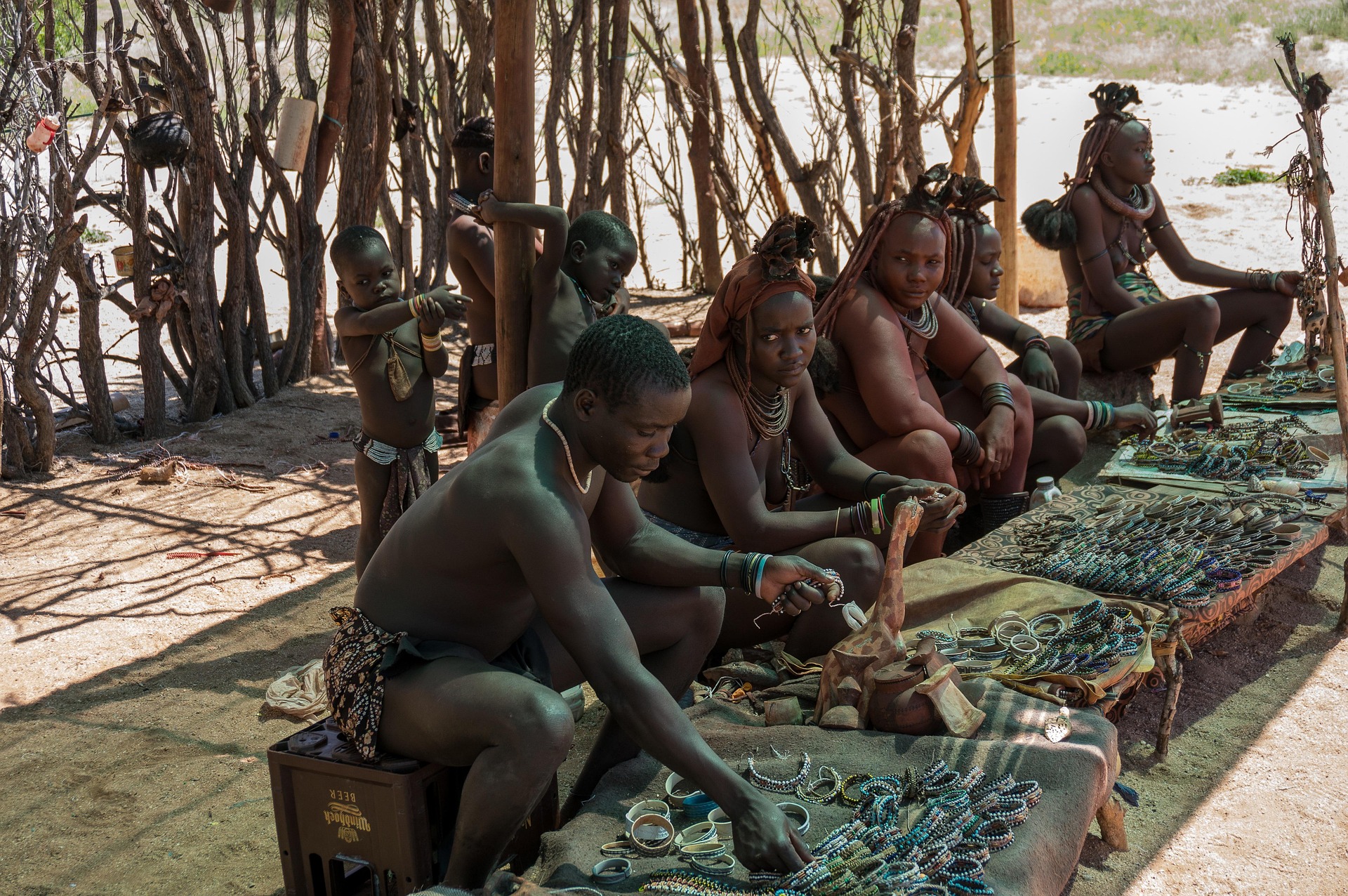
Are the San one of the oldest tribes on earth?
Yes — the San are considered one of the world’s oldest continuous cultures.
(External authority: UNESCO World Heritage – Tsodilo Hills)
Source: https://whc.unesco.org/
Cultural Highlights
- Hunter-gatherer lifestyle.
- Unique click languages.
- Trance healing rituals.
- Ancient rock art.
5. Berber / Amazigh (North Africa)
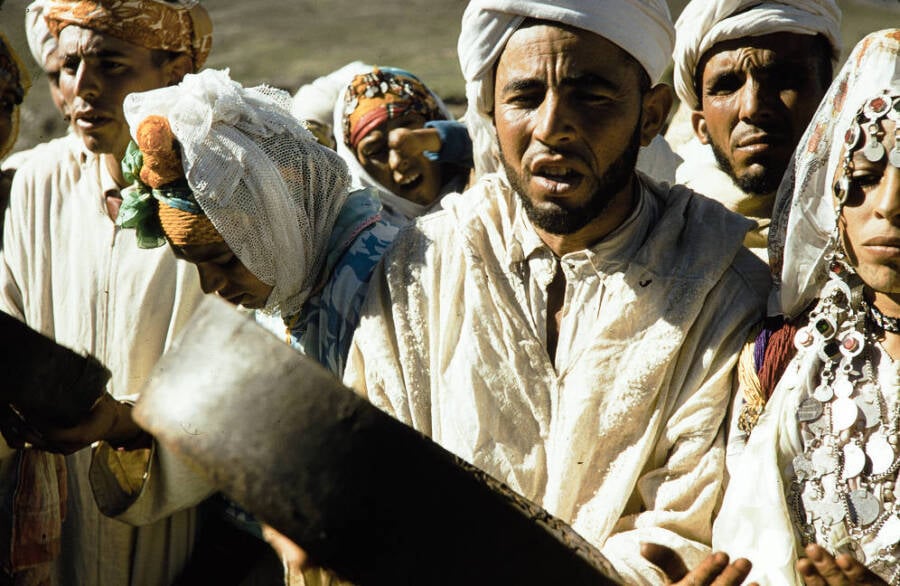
Who are the Amazigh?
Indigenous to North Africa, the Amazigh have preserved their language, symbolism, crafts, and desert lifestyle for thousands of years.
(External authority: Encyclopaedia Britannica – Berbers)
Source: https://www.britannica.com/
Cultural Highlights
- Tamazight language & Tifinagh script.
- Silver jewelry & symbolic tattoo patterns.
- Masters of Saharan navigation.
- Modern cultural revival.
6. Yoruba (Nigeria, Benin, Togo)
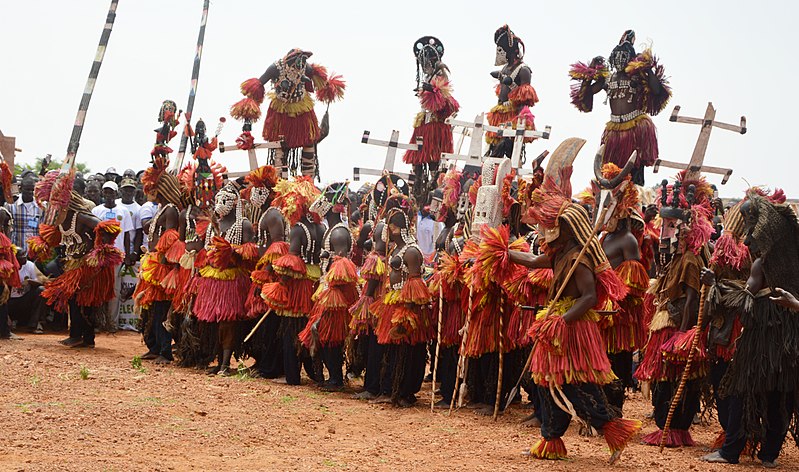
Why is Yoruba culture so influential globally?
The Yoruba have shaped West African art, spirituality, and diaspora religions across the Caribbean and America.
(External authority: UNESCO – Ifá divination)
Source: https://ich.unesco.org/
Cultural Highlights
- Rich mythology of Orishas.
- Ifá divination practiced by Babalawos.
- Renowned craftsmanship.
- Major festivals like Oshun-Osogbo.
7. Fulani (West & Central Africa)

What are the Fulani known for?
The Fulani are one of Africa’s largest nomadic groups, famous for pastoralism and elegance.
Cultural Highlights
- Sharo ceremony: Rite of passage involving endurance trials.
- Distinct hairstyles & facial marks.
- Powerful oral tradition.
- Cross-border cultural presence.
8. Hamar (Ethiopia)
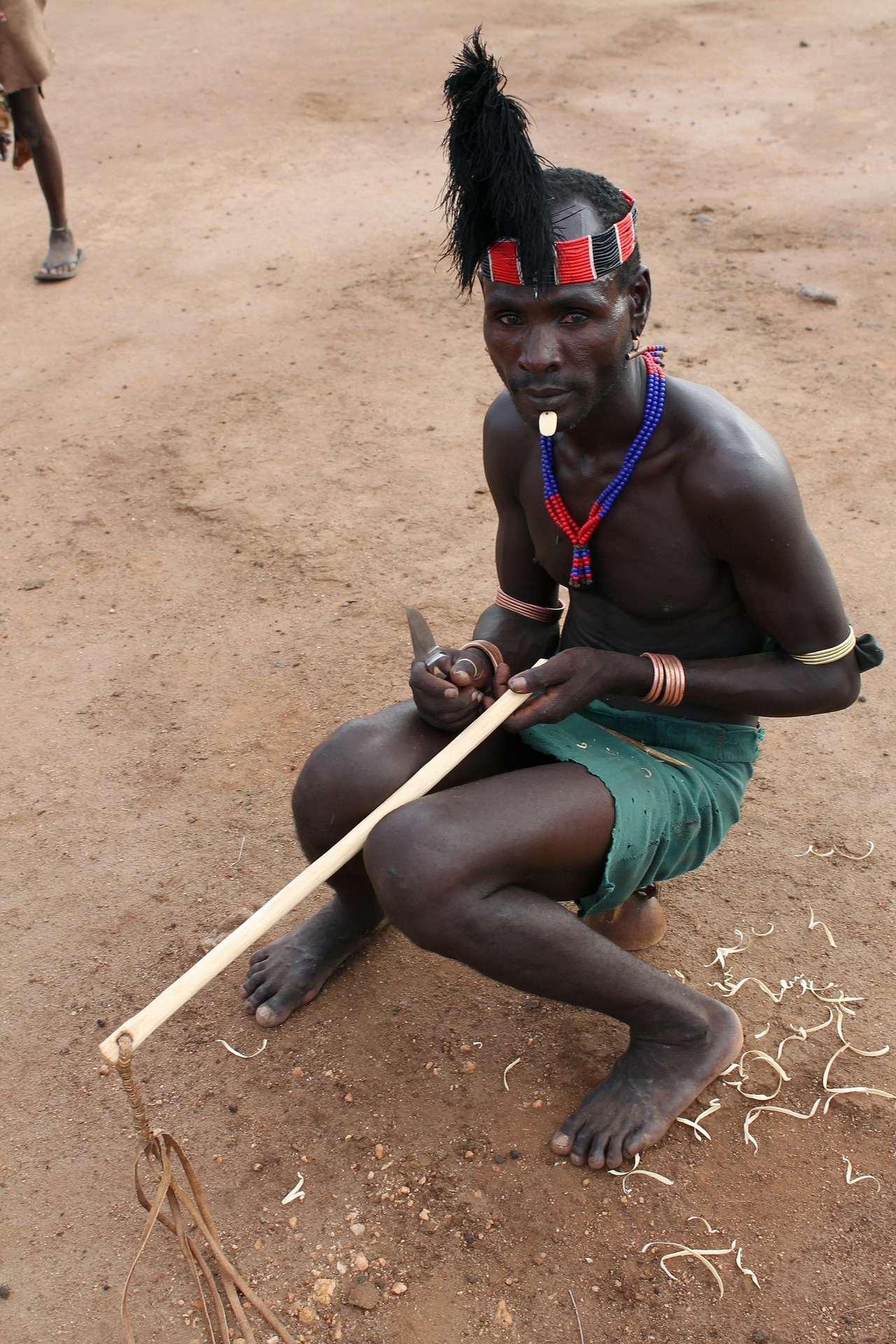
What is the Hamar bull-jumping ceremony?
A rite of passage where young men jump across bulls to enter adulthood.
Cultural Highlights
- Ochre-covered hairstyles.
- Iron jewelry and leather attire.
- Clan-based cultural systems.
- Tourism’s cultural impacts.
(External authority: Ethiopia Tourism Board)
Source: https://visitethiopia.travel/
9. Tuareg (Sahara Desert)

Why are Tuareg men called the “Blue People”?
Because indigo dye in their veils stains their skin blue.
Cultural Highlights
- Matrilineal lineage.
- Nomadic desert life with camel caravans.
- Music and poetry.
- symbolic face veils.
10. Samburu (Kenya)
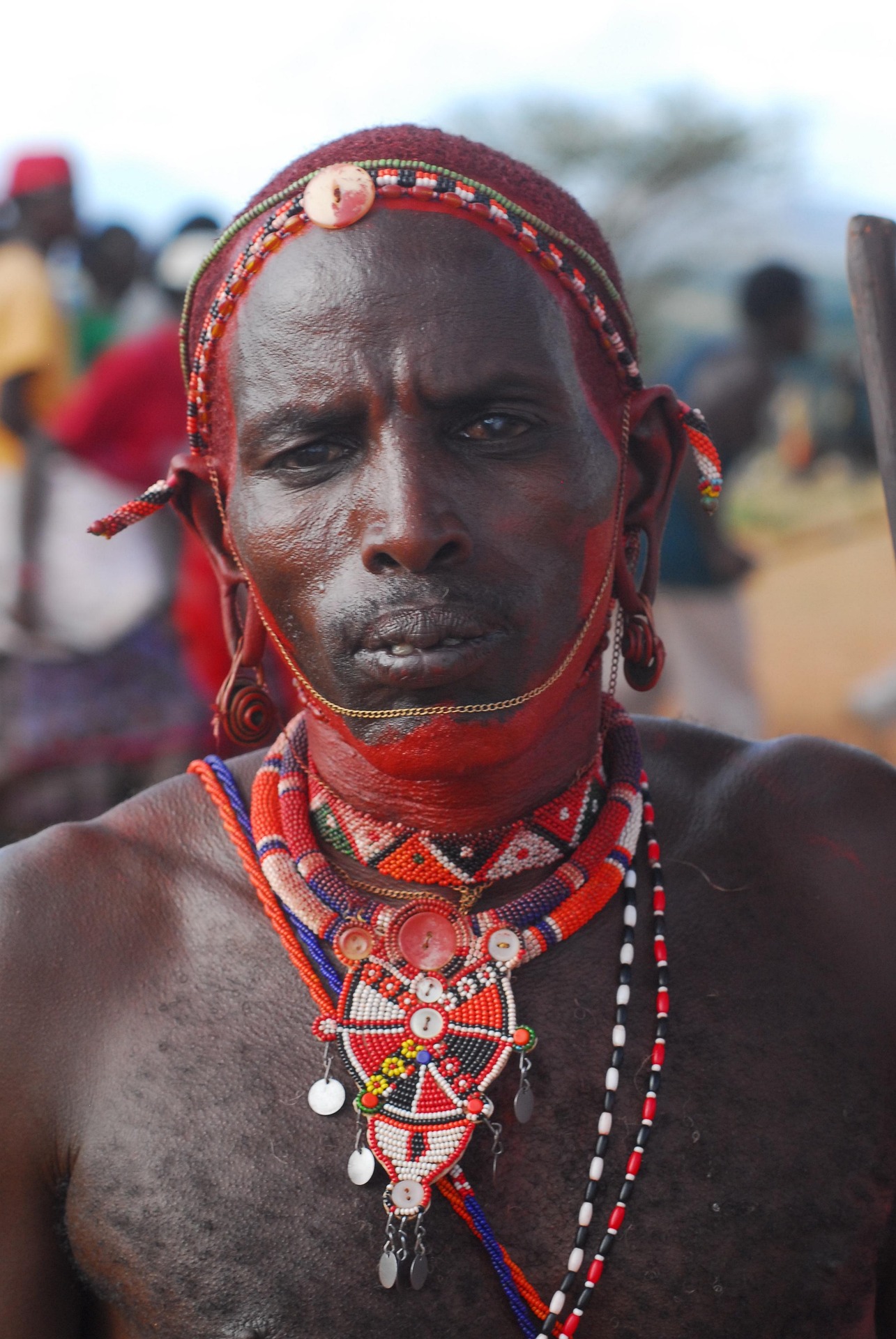
How are the Samburu related to the Maasai?
The Samburu are culturally similar and linguistically related to the Maasai.
For travelers visiting Kenya, explore our Samburu safari package for deeper cultural encounters.
Cultural Highlights
- Livestock-centered pastoral life.
- Bright beadwork for all genders.
- Active warrior-age systems.
- Ceremonial dances and rituals.
CONCLUSION
Africa’s tribes are not just historical communities — they are living cultures, evolving yet deeply rooted in tradition. Their dances, rituals, languages, and spiritual systems offer profound insight into humanity’s shared heritage.
For travelers looking for immersive cultural experiences, see our Family friendly Adventure safari this can be customized to become fully a cultural exncounter but we recommend a mix of wildlife as well.
Understanding these tribes enriches travel and supports cultural preservation across the continent.
Feel like speaking to us to arrange your cultural safari around East Africa:
FAQ SECTION
Which tribe is the most well-known in Africa?
The Maasai are globally recognized for their distinctive attire, warrior traditions, and nomadic heritage.
What is the oldest tribe in Africa?
The San (Bushmen) are considered one of the world’s oldest existing cultures.
Which African tribes still live traditionally?
The Himba, San, Samburu, Hamar, and many Fulani and Maasai communities remain deeply traditional.
What African tribes are known for body art?
The Himba (ochre), Hamar (body decoration), and Amazigh (tattoos) are widely known for symbolic body art.
Which African tribe has the most vibrant festivals?
The Yoruba host some of Africa’s most elaborate annual festivals, including the Oshun-Osogbo festival.
Can travelers visit African tribal communities?
Yes — but ethical tourism is essential. Choose community-owned experiences and respect cultural boundaries.